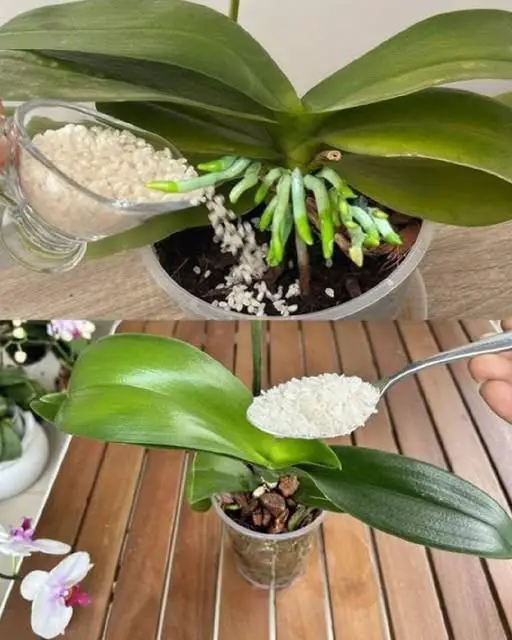Orchids, with their intricate and captivating flowers, are a favorite among plant enthusiasts. To ensure these exotic plants bloom profusely and for extended periods, proper fertilization is crucial. This comprehensive guide delves into effective fertilization strategies to help your orchids thrive.
Understanding Orchid Nutritional Needs
Orchids require a balanced supply of nutrients to support their growth and flowering. The primary nutrients essential for orchids include:
- Nitrogen (N): Promotes robust leaf and stem development.
- Phosphorus (P): Essential for root growth and flower production.
- Potassium (K): Enhances overall plant health and disease resistance.
In addition to these macronutrients, orchids benefit from trace elements like calcium, magnesium, and iron, which support various physiological functions.
Choosing the Right Fertilizer
Selecting an appropriate fertilizer is vital for orchid health. Specialized orchid fertilizers are formulated to meet their unique needs. A balanced fertilizer with an equal ratio of N-P-K, such as 20-20-20, is commonly recommended. It’s advisable to use a fertilizer that is free from urea, as urea-based nitrogen can be less accessible to orchids.
Fertilization Techniques
- Dilution and FrequencyThe adage “weekly, weakly” is a cornerstone in orchid fertilization. This approach involves applying a diluted fertilizer solution once a week. Typically, the fertilizer is diluted to one-quarter or one-half of the recommended strength. This method ensures that orchids receive consistent nutrients without the risk of over-fertilization, which can lead to root damage. Orchid Bliss
- Seasonal AdjustmentsOrchids have varying nutritional requirements throughout the year:
- Active Growth Phase (Spring and Summer): During periods of active growth, orchids benefit from regular fertilization to support new leaf and root development.
- Dormant Phase (Fall and Winter): In cooler months, many orchids enter a rest period. It’s advisable to reduce fertilization frequency during this time, as the plants’ nutrient uptake decreases. Epic Gardening
- Watering PracticesProper watering is integral to effective fertilization:
- Pre-Watering: Before applying fertilizer, water the orchid thoroughly. This practice helps prevent root burn by ensuring that the roots are hydrated and can absorb nutrients more effectively.
- Post-Fertilization Rinse: Occasionally, it’s beneficial to flush the growing medium with plain water to remove any residual salts that may accumulate from fertilizers. This practice helps maintain a healthy root environment.
Alternative Fertilization Methods
For those interested in natural fertilization options, rice water has been suggested as a potential nutrient source for orchids. Rice water contains trace amounts of nutrients that can benefit plant growth. To prepare rice water fertilizer:
- Ingredients:
- Uncooked rice grains
- Water
- Instructions:
- Rinse a cup of uncooked rice under running water to remove impurities.
- Place the rinsed rice in a bowl and add two cups of water.
- Let it soak for 15-30 minutes, stirring occasionally.
- Strain the liquid into a clean container.
- Dilute the rice water with an equal part of fresh water before using it to water your orchids.
While rice water can provide some nutrients, it’s important to note that it should not replace a balanced orchid fertilizer but can be used as a supplementary feeding method.
Monitoring and Adjusting Fertilization
Regular observation of your orchids is essential to tailor fertilization practices:
- Signs of Over-Fertilization:
- Leaf tip burn
- Yellowing leaves
- Salt crust on the growing medium
- Signs of Under-Fertilization:
- Stunted growth
- Pale or yellowing leaves
- Reduced flowering
Adjust fertilization practices based on these observations to maintain optimal plant health.
Conclusion
Achieving abundant and prolonged orchid blooms is attainable through mindful fertilization practices. By selecting appropriate fertilizers, adhering to recommended dilution and application schedules, and observing your plants’ responses, you can foster a thriving orchid collection that rewards you with stunning floral displays.

